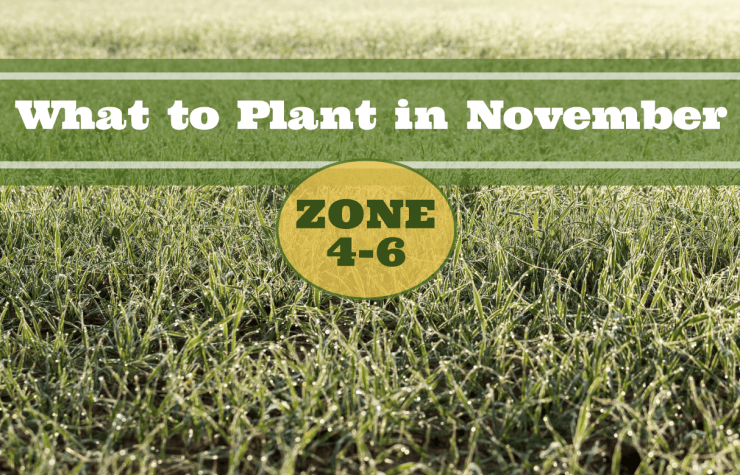
As the mercury drops and frost etches patterns on fallen leaves overnight, many gardeners in zones 4-6 hang up their trowels for the season. But for those in the know, November isn’t the end of the gardening calendar – it’s a crucial turning point in the cycle of garden productivity and soil health.
The science behind fall planting is fascinating. As air temperatures cool, soil often remains warm, creating an ideal environment for root development. This phenomenon, known as thermal inertia, means that bulbs and cover crops planted in November can establish strong root systems before the ground freezes solid.
For bulbs like garlic, the cold period that follows planting is essential. This process, called vernalization, triggers physiological changes that enable the bulb to form cloves and eventually flower. Without this cold exposure, you’d end up with a single, undifferentiated bulb instead of the segmented heads we all know and love.
Cover crops, on the other hand, leverage the microbial activity that’s still buzzing in your soil. Soil temperatures above 50°F (10°C) keep beneficial bacteria and fungi active, allowing them to form symbiotic relationships with cover crop roots. These microorganisms help fix nitrogen, solubilize phosphorus, and create soil aggregates that improve structure and water retention.
But perhaps most intriguingly, fall-planted cover crops can act as “green manure,” a concept that dates back to ancient Roman agricultural practices. As these plants grow, they sequester carbon from the atmosphere and store it in their tissues. When tilled under in spring, this organic matter enriches your soil, feeding the next generation of crops in a beautiful example of ecological cycling.
So, while your neighbors might think you’re crazy for braving the November chill, you’re actually participating in a sophisticated dance of climate, microbiology, and plant physiology. Let’s dive into the specifics of what to plant and why, arming you with the knowledge to make the most of this often-overlooked planting season.
The Magic of Fall-Planted Edible Bulbs
Fall-planted edible bulbs are like nature’s time capsules. You plant them in the chill of November, and they reward you with flavorful harvests come summer. Here are a couple of stars for your November food garden:
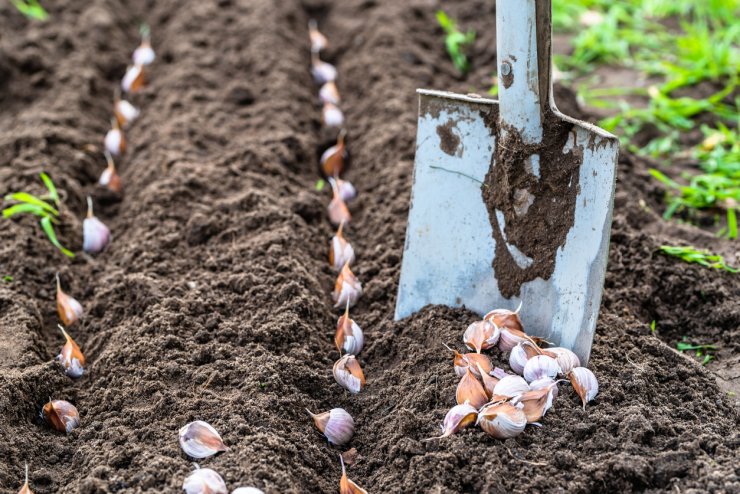
1. Garlic
November is prime time to get garlic in the ground before it freezes solid. These flavorful bulbs need a period of cold to develop properly, making fall planting ideal. Choose hardneck varieties like ‘Music’, ‘German Red’, or ‘Chesnok Red’ for best results in cold climates. Plant individual cloves about 2-3 inches deep and 4-6 inches apart, with the pointy end facing up. Mulch well with straw or leaves to protect them over winter.
If your ground is already frozen, don’t despair! You can plant garlic in containers and overwinter them in an unheated garage or shed. Just make sure the soil doesn’t completely dry out.
Learn more about growing garlic in our Garlic Gardening Guide.

2. Onions
Surprisingly, some onion varieties can be planted in the fall for an earlier harvest the following year. Opt for short-day varieties such as ‘Yellow Granex’ or ‘Red Creole’. Plant small bulbs (sets) about 1 inch deep and 4-6 inches apart. These will take root before winter, ready to thrive and grow quickly in the spring.
In zones 4-5, you might want to provide extra protection with a thick layer of mulch or a low tunnel to help your onions survive the harshest winter temperatures.
Learn more about growing onions in our Onions Gardening Guide.
The Power of Cover Crops
Now, let’s talk about the unsung heroes of the November garden: cover crops. These hardworking plants are like a multivitamin for your soil, providing a host of benefits that will set your food garden up for success next season.
Benefits of Cover Crops:
- Prevent soil erosion: Their roots hold soil in place during winter storms.
- Suppress weeds: They outcompete weeds for light and nutrients.
- Improve soil structure: Their roots create channels for water and air.
- Add organic matter: When tilled under in spring, they become “green manure.”
- Fix nitrogen: Legume cover crops can add nitrogen to your soil.
- Attract beneficial insects: Some cover crops provide habitat for garden helpers.
Top Cover Crops for Zones 4-6:
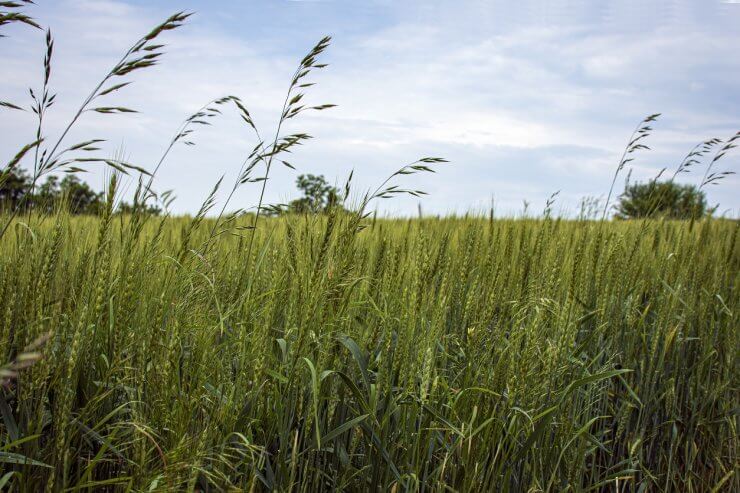
1. Winter Rye
This is the superhero of cover crops for cold climates. Winter rye can germinate in soil as cold as 33°F and survive temperatures as low as -30°F.
Sow winter rye seeds in early November, about 1-2 inches deep and 1 inch apart. Don’t worry if you don’t see much growth before winter sets in – that’s normal. It’ll lie dormant during the coldest months, then burst into rapid growth in spring.
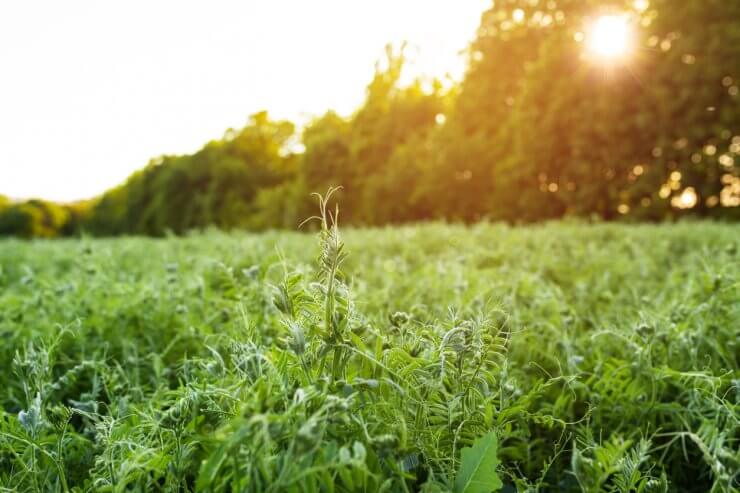
2. Hairy Vetch (Visia Villosa)
This legume is a nitrogen-fixing powerhouse. It’s hardy to zone 4 and works great in combination with winter rye. Sow seeds 1-2 inches deep and 2-3 inches apart. Come spring, you’ll have a soil-improving, weed-suppressing mat of green.
For best results, inoculate your vetch seeds with rhizobia bacteria before planting. It’s like giving your cover crop a protein shake!
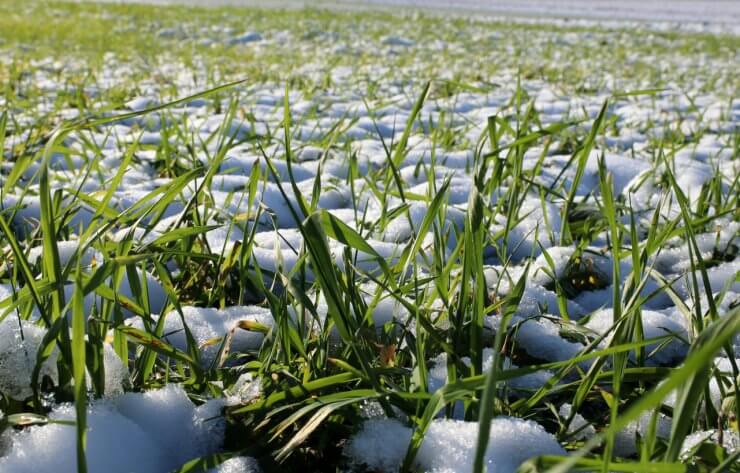
3. Winter Wheat
Another cold-hardy option, winter wheat can be planted until the ground freezes. It’s excellent for preventing erosion and adding organic matter to your soil. Sow seeds about 1-2 inches deep and 1 inch apart.
Learn more about growing rye in our Wheat Gardening Guide.
November Garden Chores for Zones 4-6
While you’re out there planting edible bulbs and cover crops, here are a few other tasks to tackle:
- Clean up fallen leaves and compost them (unless they’re diseased).
- Cut back perennial vegetables and herbs after a hard freeze.
- Harvest any remaining root crops before the ground freezes solid.
- Protect cold-hardy vegetables with a thick layer of mulch or row covers.
- Clean and sharpen garden tools before storing for winter.
- Test your soil and add amendments as needed – they’ll have time to break down over winter.
- Protect young fruit trees from rodents with tree guards or hardware cloth.
- Take cuttings from tender perennial herbs to grow indoors over winter.
- Set up bird feeders to attract winter birds that will help control garden pests.
There you have it, zone 4-6 food gardeners! A guide to November planting that’ll keep your garden productive even as winter approaches. Remember, November gardening is all about planning ahead and working with nature’s cycles. Your efforts now will pay off in spades (pun intended) come spring and summer.
So, what are your November gardening plans? Are you team garlic or team cover crop? Or maybe you’re an overachiever going for both? Drop a comment below and let me know. Happy gardening, and may your winter dreams be filled with visions of bountiful harvests!


 Previous
Previous

